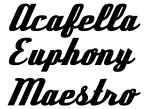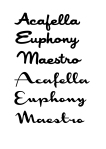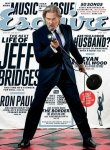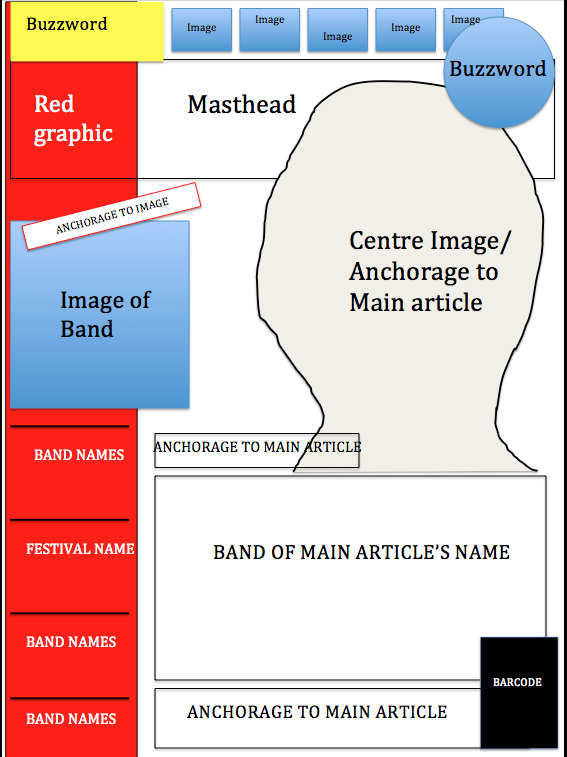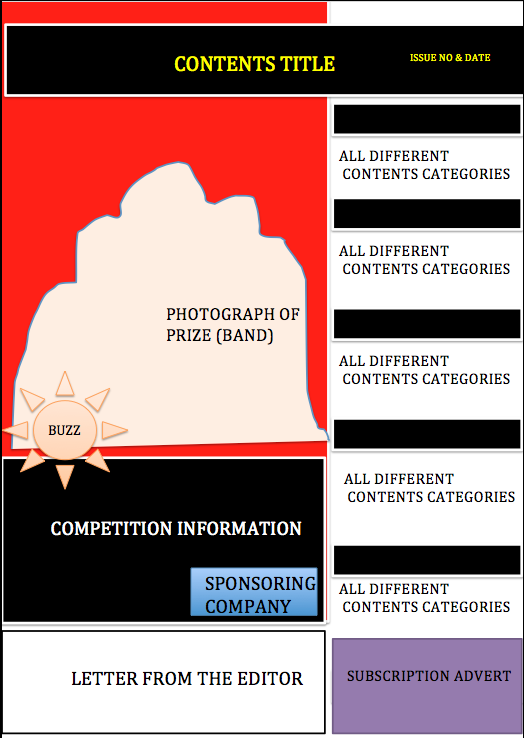One influential tradition in media research is referred to as ‘uses and gratifications’ (occasionally ‘needs and gratifications’). This approach focuses on why people use particular media rather than on content. In contrast to the concern of the ‘media effects’ tradition with ‘what media do to people’ (which assumes a homogeneous mass audience and a ‘hypodermic’ view of media), U & G can be seen as part of a broader trend amongst media researchers which is more concerned with ‘what people do with media’, allowing for a variety of responses and interpretations. However, some commentators have argued that gratifications could also be seen as effects: e.g. thrillers are likely to generate very similar responses amongst most viewers. And who could say that they never watch more TV than they had intended to? Watching TV helps to shape audience needs and expectations.
Most of the theories on media explained about the effects media had on people. It is the theory which explains of how people use media for their need and gratification. In other words we can say this theory states what people do with media rather than what media does to people. Also this theory is contradictory to the magic bullet theory which states the audience is passive. According to uses and gratification theory, it is not so people make use of the media for their specific needs. This theory can be said to have a user/audience-centered approach .Even for communication (say inter-personal) people refer to the media for the topic they discuss with themselves. They gain more knowledge and that is knowledge is got by using media for reference. There are several needs and gratification for people they are categorized into five categories.
- Cognitive needs
- Affective needs
- Personal Integrative needs
- Social Integrative needs
- Tension free needs
Cognitive needs:
People use media for acquiring knowledge, information etc., Among the audience some of them have intellectual needs to acquire knowledge this is not common to all only certain people have their need, each person have a different need for e.g. quiz programs on TV, in order to acquire knowledge and information you will watch news to satisfy the need, search engines in the internet, they make use of these to gain more knowledge. Particularly for the internet search engine they can browse for any topic under the run with no time restriction.
Affective needs:
It includes all kinds of emotions, pleasure and other moods of the people. People use media like television to satisfy their emotional needs
The best example is people watch serials and if there is any emotional or sad scene means people used to cry.
Personal Integrative needs:
This is the self-esteem need. People use media to reassure their status, gain credibility and stabilize. so people watch TV and assure themselves that they have a status in society for e.g. people get to improve their status by watching media advertisements like jewelry ad , furniture’s ad and buy products, so the people change their life style and media helps them to do so.
Social Integrative needs:
It encompasses the need to socialize with family, friends and relations in the society. For social interaction now a days people do not seems to have social gathering in weekend, instead they do such social interaction using media like the social networking sites like my space, facebook, orkut etc to satisfy their need.
Another example is you may not watch the particular serial regularly but because your friend watching, you also start watching so that you have common topics for discussion.
Tension free needs:
People sometimes use the media as a means of escapism and to relieve from tension
For e.g. People tend to relax watching TV, listening to radio and for satisfying their need for entertainment there by relaxing from all the tension, people watch films, films on TV etc
Note: The needs are individual in nature, and how u satisfies the need is individualistic.
E.g.: That’s why some watch news to relax and some get more tension by watching news, Program is same but people use it for different needs.
Taking TV today, most people watch reality shows because
- It is more realistic
- For entertainment
- Interesting
- New concepts (different from other programs)
- In a way you can participate
- Controversy, people crying
- Sensationalism
Criticism of Uses and gratification theory :
- The uses and gratification theory does not consider the power of media
- Positive point of the uses and gratification theory is it focuses attention on individuals in the mass communication process.
How I Can Apply This To My Own Work
The Uses and Gratifications Theory can help me gain an insight to the needs and necessities of media and how audiences use and perceive it. A music magazine’s fundamental purpose would be entertainment with advertisements and information as secondary purposes. Magazine readers generally have cognitive needs as well as tension free needs; so a collaboration of the two wouldn’t be a bad idea. By this, I mean the integration of information and entertainment through conventions such as imagery and graphics. Readers may feel that an artist in an article is applicable to their social class or ethnicity, or perhaps it’s popular amongst a group of friends so allows for a topic of discussion, thus satisfying social integrative needs.
I will bear this theory in mind when producing my magazine work; as it will remind me that magazines have purposes and supply information and satisfaction to consumers.
















